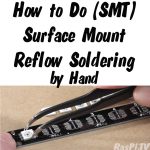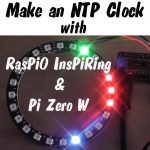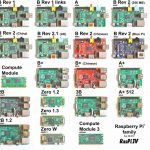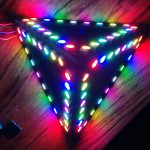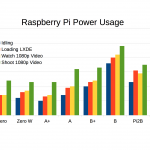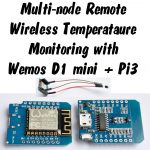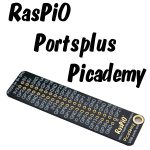
Here in the UK it’s Monday morning and yesterday the clocks ‘went forward’, so we’re now in British Summer Time. Everyone could use a bit of ‘good cheer’ on a Monday morning, so I’m releasing a short parody video that I hope you will find amusing. Just Why? Simple answer. For fun. It’s an experiment. I hope it will make you laugh and you’ll want to share it. There’s quite a few geeky jokes buried in the lyrics, but it also tells a story. It took me 8 full takes to get it. I kept […more…]
